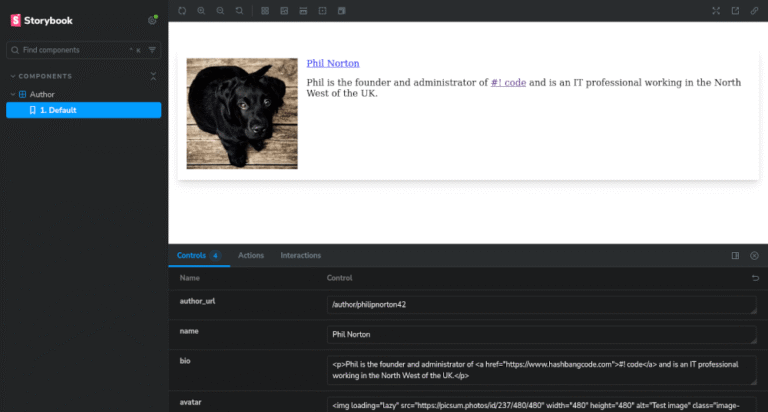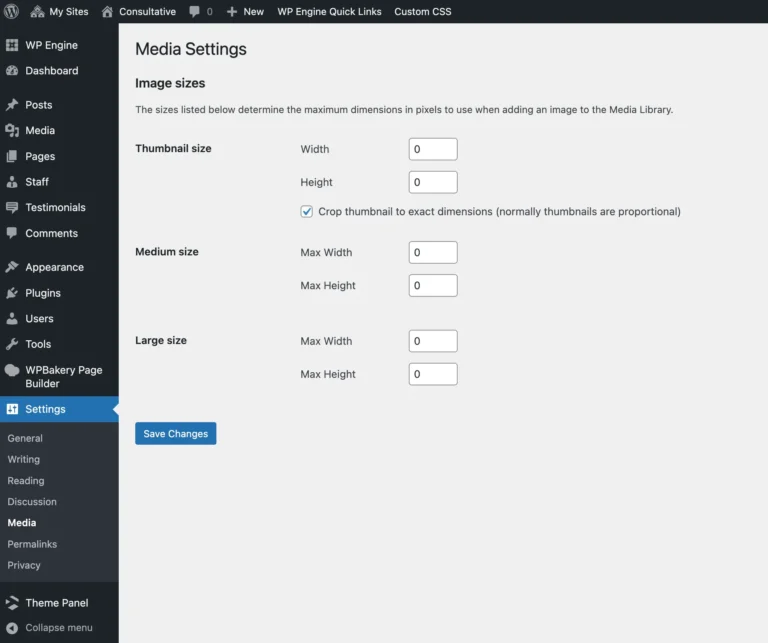Advanced solutions also leverage natural language processing. Business users can describe outcomes in plain language—such as, “When a high-priority ticket is created in Zendesk, generate a Jira task and notify the account manager in Salesforce”—and the AI system will orchestrate the underlying connections and transformations.
Adoption is no longer the hurdle—the challenge lies in ensuring these systems operate seamlessly together. Integration remains one of the most persistent operational barriers.
By combining decentralized synchronization with AI, Exalate empowers each system, whether Jira, ServiceNow, Salesforce, Zendesk, Azure DevOps, or other platforms, to maintain independent control over its data and processes. While AI Assist accelerates configuration and minimizes technical complexity, the distributed architecture ensures additional security is always kept intact.
Francis Martens
Traditional integration still holds significant value. For highly regulated sectors or mission-critical operations, organizations require predictable, auditable outcomes. Established methods provide the control and transparency that compliance demands. They also perform effectively for stable, well-defined frameworks that require minimal modification.
Vendors are taking different approaches to AI implementation.
The Limits of Traditional Integration
Traditional integration approaches, while functional for basic connectivity requirements, demonstrate significant limitations when addressing sophisticated business scenarios.
When organizations introduce new applications to their technology infrastructure, AI will not simply determine connection protocols to existing systems; it will analyze how new connections impact the entire network architecture and automatically establish connection rules aligned with organizational integration standards.
Operational Complexity and Resource Drain
Future AI-powered integrations will have the ability to create and optimize entire networks of integrations rather than just individual connections.
“With AI-assisted integrations, IT leaders will move from being implementers to strategists.” — Francis Martens, Exalate’s CEO
Scalability Challenges in a Growing SaaS Landscape
Enterprises today operate in increasingly complex technology environments, often managing hundreds of disparate applications across departments and business units. CRM systems, project management platforms, accounting tools, and dozens of other applications each contain valuable data.
Accessibility Barriers for Business Users
As organizations expand their technology portfolios, traditional integration methods create exponential complexity. Each new system introduction requires manual mapping, testing, and validation processes. This approach becomes particularly problematic when connecting external vendor systems or legacy applications with modern cloud-based platforms, where data formats, security protocols, and business logic may vary significantly.
Role of AI As a Strategic Differentiator In Enterprise Integrations
Organizations should measure ROI across several dimensions:
This expansion reflects a fundamental shift in how organizations approach system connectivity, with artificial intelligence emerging as the primary catalyst for transformation.
AI introduces a contextual layer to enterprise integration, fundamentally transforming how systems communicate and collaborate.
The result? Integration that actually understands the underlying business and its context.
IT Strategists and Citizen Integrators: A New Balance
We are at the beginning of this transformation. The current AI-powered integration tools in the market are pretty impressive, but that’s just the opening act. The real journey lies ahead.
For example, when connecting an external vendor’s ServiceNow instance with an internal Jira that has disparate data formats and workflows, traditional integration methods might require entering and mapping every detail manually.
AI is not here to displace IT professionals but to redefine their role. Routine configuration, mapping, and error handling can be delegated to AI, freeing IT teams to focus on architecture, governance, and security.
Cost management remains important. While AI can reduce operational expenses through automation, the technology itself requires investment in platforms, training, and ongoing optimization.
How Integration Vendors Are Applying AI
The building blocks already exist; it depends on how organizations want to build upon them. AI is learning to see patterns across applications. It’s beginning to understand the subtle relationships between different data points. And this is a definitive starting point.
- AI-powered co-pilot tools that translate natural language into workflows or scripts.
- Embedded AI that enriches integrations with sentiment analysis, translation, or summarization.
- Data-focused AI that ensures information quality before it enters business systems.
- AI orchestrators that coordinate multiple AI models for end-to-end optimization.
At the same time, AI is opening up integration to a wider group of business users. This shift is giving rise to citizen integrators — professionals outside of IT who can establish system connections without extensive technical skills or reliance on IT backlogs.
Traditional integration platforms require continuous manual oversight and extensive configuration management. These systems perform adequately under predictable conditions but struggle with dynamic business requirements and evolving data formats.
Today, organizations can have options that match their specific requirements, whether they need AI to expedite integration deployment, enhance integration intelligence, or prepare enterprise data for AI-driven initiatives across their technology ecosystem
Balancing AI and Traditional Integration
Rather than executing predetermined mappings, AI-powered integration platforms analyze semantic relationships across applications, automatically identifying equivalent data structures and business processes.
Exalate has introduced AI Assist to simplify the creation of sync rules and context-aware synchronization.
AI-powered integration, on the other hand, delivers advantages in different areas. It can manage complex data mapping processes automatically, adapt to evolving business requirements, and make integration accessible to non-technical personnel. This approach proves especially useful for connecting disparate systems with varying data structures or processing unstructured content such as emails and documentation.
A common question emerges: should AI completely replace traditional integration? The answer isn’t straightforward.
By Randy Ferguson
Evaluating Costs and ROI in AI-Powered Integration
For example, when connecting Jira with ServiceNow, AI can recognize that “Ready for Development” in one platform aligns with “In Progress” in the other—and establish the link without manual intervention.
This landscape is evolving as AI-powered platforms democratize integration capabilities, enabling business users to design and deploy connections without extensive technical expertise.
- Time-to-integration: how quickly new connections can be deployed.
- IT workload reduction: fewer hours spent on manual mapping and troubleshooting.
- Reliability: higher uptime and fewer errors across integrations.
- Business agility: the ability for teams to adapt workflows without waiting for IT queues.
Customer data from your Salesforce CRM becomes more valuable when it’s automatically enriched with support ticket history, purchase history, and marketing engagement data.
What’s Next In AI-Powered Enterprise Integrations
The most effective strategy is a hybrid approach. Use traditional integration for core operations requiring reliability and regulatory adherence, while leveraging AI-powered platforms for dynamic workflows, data transformation, and user-friendly integration scenarios.
This combined model delivers the best of both worlds: the stability of established practices with the adaptability and intelligence of AI technology.
Clear metrics ensure investments in AI-powered solutions translate into measurable business outcomes.
The ultimate goal is a self-evolving integration ecosystem—where connections adapt automatically, and integration becomes a core enabler of business strategy.
Enterprise integration has reached a turning point. The average company still uses a wide range of SaaS applications, with this number increasing for larger enterprises.
The Journey of AI in Enterprise Integrations
AI-assisted integration adapts to the user, translating business needs into working integrations without deep technical skills. The result is greater accessibility, while IT maintains oversight to ensure integrations remain secure, compliant, and aligned with enterprise standards.
Traditional integration tools typically require specialized technical knowledge, creating bottlenecks between business requirements and implementation capabilities. This dependency on IT resources slows project delivery and reduces organizational agility in responding to market opportunities.
This network approach creates powerful multiplier effects. Each new integration doesn’t just add one connection; it enhances the value of every existing network of connections.
Modern organizations require integration strategies that go beyond point-to-point connections. They need intelligent, adaptive solutions capable of responding to dynamic business requirements and market conditions.





